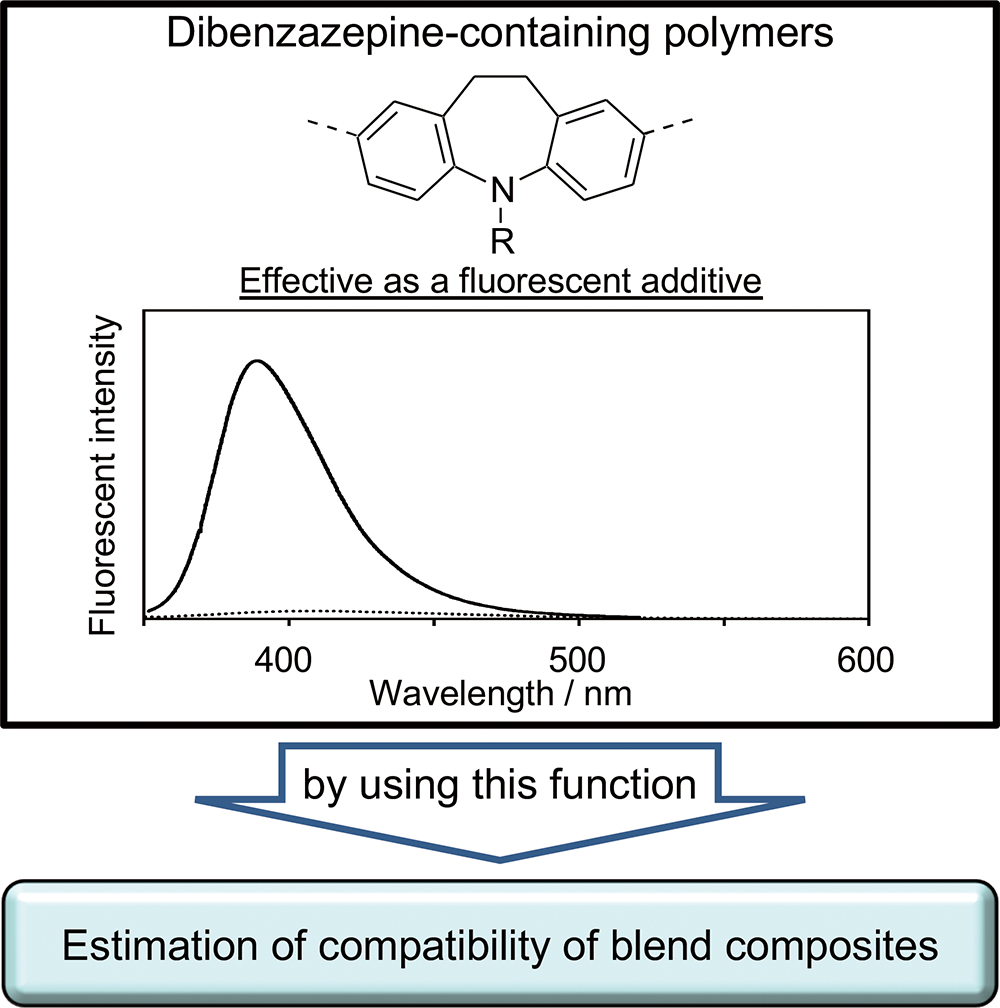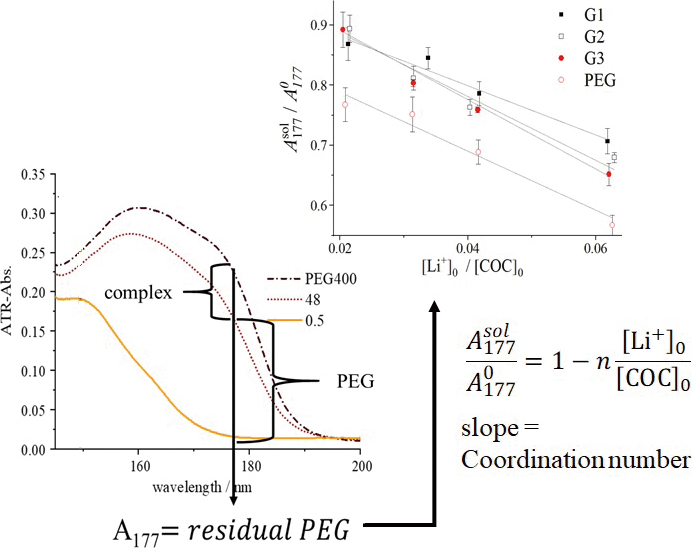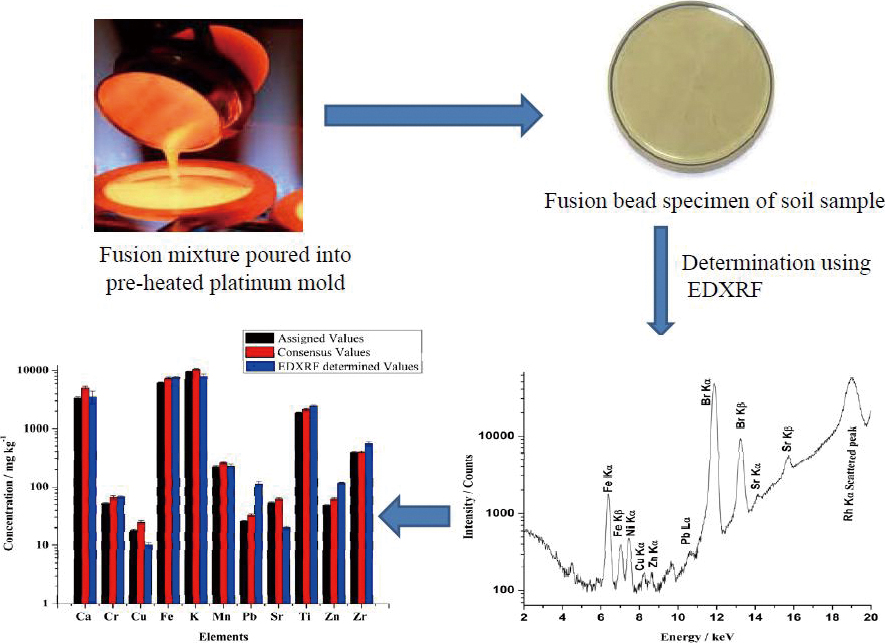Volume 36, Issue 1
Displaying 1-21 of 21 articles from this issue
- |<
- <
- 1
- >
- >|
Highlights
-
Article type: Highlights
2020 Volume 36 Issue 1 Pages 1-2
Published: January 10, 2020
Released on J-STAGE: January 10, 2020
Download PDF (258K)
Guest Editorial
-
Article type: Guest Editorial
2020 Volume 36 Issue 1 Pages 3
Published: January 10, 2020
Released on J-STAGE: January 10, 2020
Download PDF (21K)
Reviews
-
Article type: Reviews
2020 Volume 36 Issue 1 Pages 5-16
Published: January 10, 2020
Released on J-STAGE: January 10, 2020
Advance online publication: December 20, 2019Download PDF (3637K) -
Article type: Reviews
2020 Volume 36 Issue 1 Pages 17-25
Published: January 10, 2020
Released on J-STAGE: January 10, 2020
Advance online publication: November 22, 2019Download PDF (884K)
Original Papers
-
Article type: Original Papers
2020 Volume 36 Issue 1 Pages 27-34
Published: January 10, 2020
Released on J-STAGE: January 10, 2020
Advance online publication: November 01, 2019Download PDF (880K) -
Article type: Original Papers
2020 Volume 36 Issue 1 Pages 35-40
Published: January 10, 2020
Released on J-STAGE: January 10, 2020
Advance online publication: November 22, 2019Download PDF (840K) -
Article type: Original Papers
2020 Volume 36 Issue 1 Pages 41-46
Published: January 10, 2020
Released on J-STAGE: January 10, 2020
Advance online publication: October 04, 2019Download PDF (2541K) -
Article type: Original Papers
2020 Volume 36 Issue 1 Pages 47-53
Published: January 10, 2020
Released on J-STAGE: January 10, 2020
Advance online publication: October 04, 2019Download PDF (3006K) -
Article type: Original Papers
2020 Volume 36 Issue 1 Pages 55-59
Published: January 10, 2020
Released on J-STAGE: January 10, 2020
Advance online publication: November 22, 2019Download PDF (2493K) -
Article type: Original Papers
2020 Volume 36 Issue 1 Pages 61-65
Published: January 10, 2020
Released on J-STAGE: January 10, 2020
Advance online publication: November 22, 2019Download PDF (1920K) -
Article type: Original Papers
2020 Volume 36 Issue 1 Pages 67-73
Published: January 10, 2020
Released on J-STAGE: January 10, 2020
Advance online publication: November 01, 2019Download PDF (1157K) -
Article type: Original Papers
2020 Volume 36 Issue 1 Pages 75-79
Published: January 10, 2020
Released on J-STAGE: January 10, 2020
Advance online publication: December 06, 2019Download PDF (415K) -
Article type: Original Papers
2020 Volume 36 Issue 1 Pages 81-86
Published: January 10, 2020
Released on J-STAGE: January 10, 2020
Advance online publication: November 22, 2019Download PDF (353K)
Notes
-
Article type: Notes
2020 Volume 36 Issue 1 Pages 87-90
Published: January 10, 2020
Released on J-STAGE: January 10, 2020
Advance online publication: November 29, 2019Download PDF (535K)
Rapid Communications
-
Article type: Rapid Communications
2020 Volume 36 Issue 1 Pages 91-93
Published: January 10, 2020
Released on J-STAGE: January 10, 2020
Advance online publication: December 20, 2019Download PDF (651K)
Reviews
-
Article type: Reviews
2020 Volume 36 Issue 1 Pages 95-105
Published: January 10, 2020
Released on J-STAGE: January 10, 2020
Advance online publication: November 08, 2019Download PDF (4043K) -
Article type: Reviews
2020 Volume 36 Issue 1 Pages 107-112
Published: January 10, 2020
Released on J-STAGE: January 10, 2020
Advance online publication: November 15, 2019Download PDF (2867K)
Original Papers
-
Article type: Original Papers
2020 Volume 36 Issue 1 Pages 113-119
Published: January 10, 2020
Released on J-STAGE: January 10, 2020
Advance online publication: August 16, 2019Download PDF (2739K) -
Article type: Original Papers
2020 Volume 36 Issue 1 Pages 121-126
Published: January 10, 2020
Released on J-STAGE: January 10, 2020
Advance online publication: August 23, 2019Download PDF (1402K) -
Article type: Original Papers
2020 Volume 36 Issue 1 Pages 127-133
Published: January 10, 2020
Released on J-STAGE: January 10, 2020
Advance online publication: August 30, 2019Download PDF (1284K)
Announcements
-
Article type: Announcements
2020 Volume 36 Issue 1 Pages 135
Published: January 10, 2020
Released on J-STAGE: January 10, 2020
Download PDF (150K)
- |<
- <
- 1
- >
- >|



















